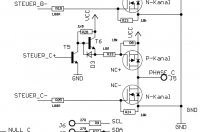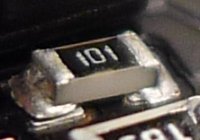I'm working on a bad MK BL-Ctrl that I believe caused another problem.
The schematic below is for the FET section. Can one of you electrical engineers tell me what would happen if R25 was to fail.
Kirk
Edit: I should have been more specific. It's a version 2 BL-Ctrl.
I know R25 will stop the FET from switching and stop the motor or greatly loose motor power. Luckily the craft wasn't airborn.
Will phase C then stay positive? How will that affect the motor windings. Where will the heat be generated on the circuit board?
As you guys can probably guess, I am getting at something. Hopefully I can get some confirmation of the after effects first.
The schematic below is for the FET section. Can one of you electrical engineers tell me what would happen if R25 was to fail.
Kirk
Edit: I should have been more specific. It's a version 2 BL-Ctrl.
I know R25 will stop the FET from switching and stop the motor or greatly loose motor power. Luckily the craft wasn't airborn.
Will phase C then stay positive? How will that affect the motor windings. Where will the heat be generated on the circuit board?
As you guys can probably guess, I am getting at something. Hopefully I can get some confirmation of the after effects first.
Attachments
Last edited by a moderator:


